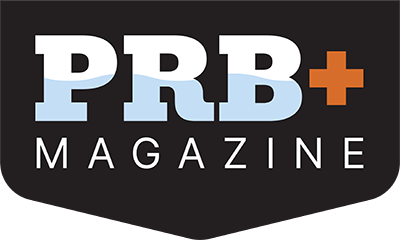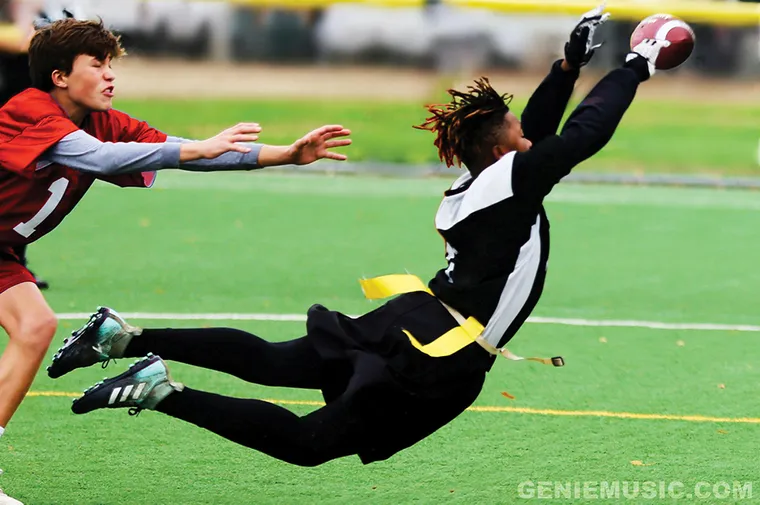Flag football gains yardage in parks and rec
It’s difficult to miss the news about youth flag football’s growth. Consider the following:
- The National Federation of State High School Associations (NFHS) has seen such high demand that rules are expected to be published as soon as this month.
- The NFL Pro Bowl discarded its tackle game and replaced it with flag football as part of the NFL Pro Bowl Games.
- Flag football will be a showcase sport at the 2028 Olympics in Los Angeles, Calif.
- Team USA Flag Football has won the International Federation of American Football (IFAF) Flag Football World Championship six times, most recently in 2024.

